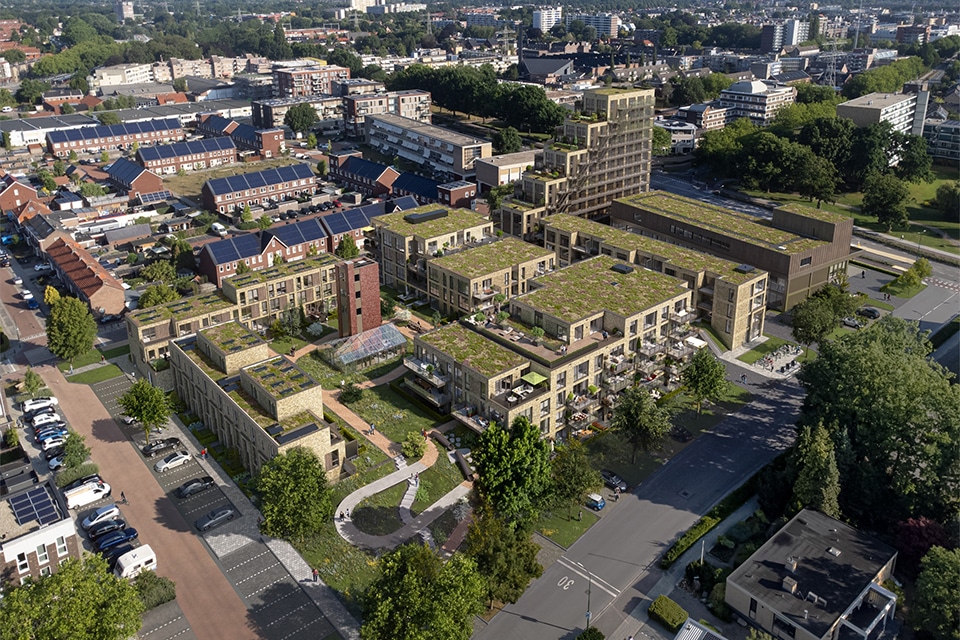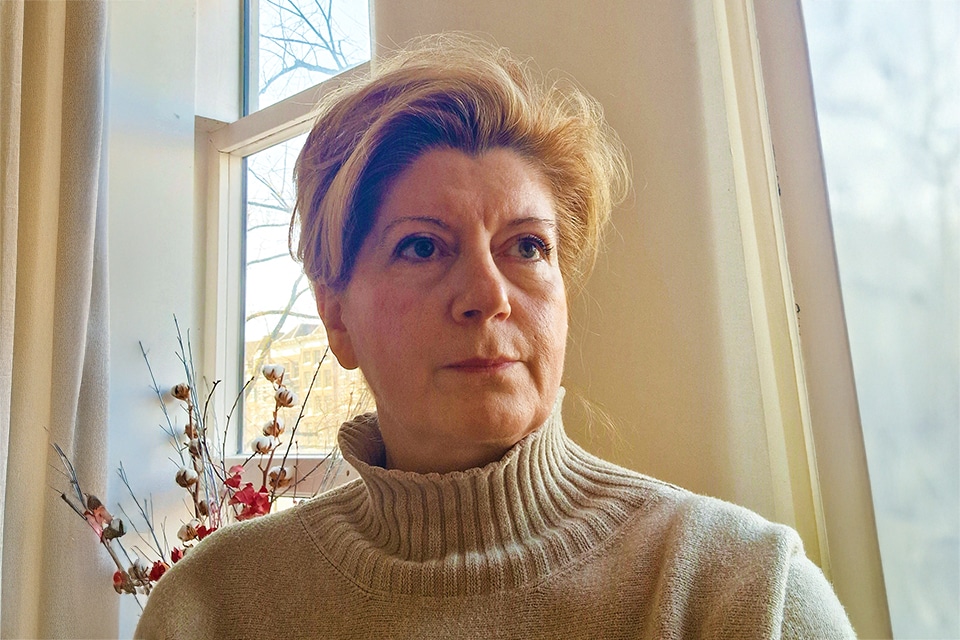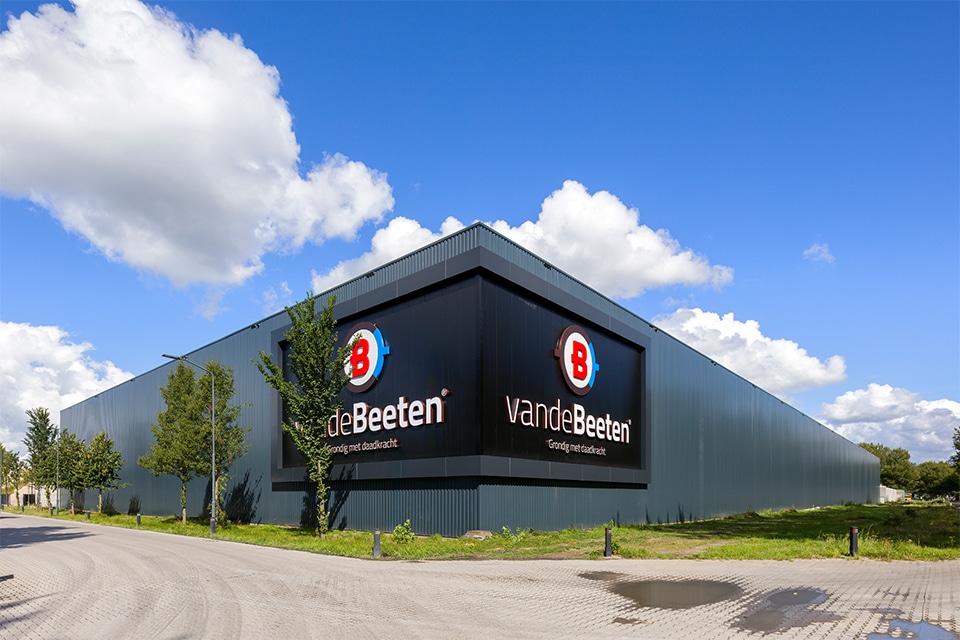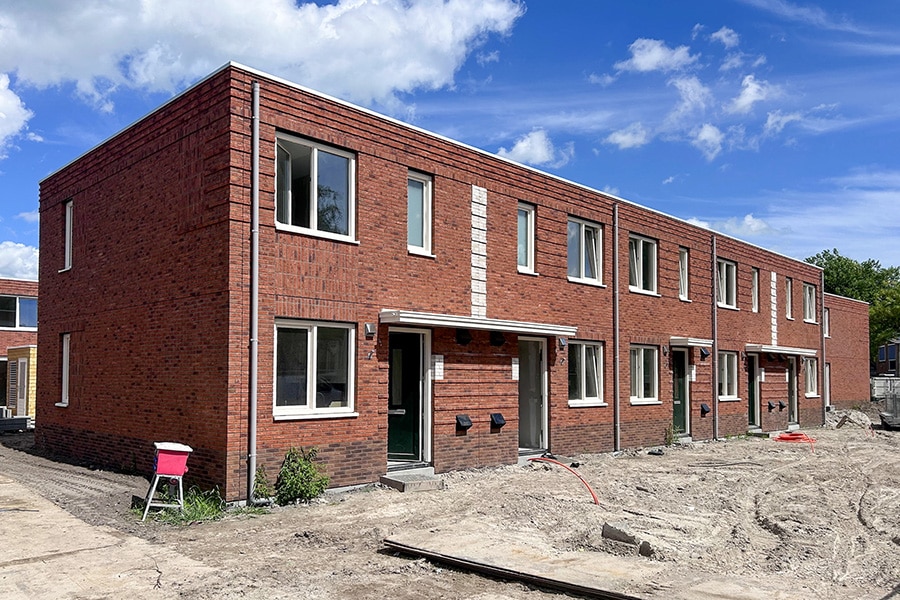
Making (renovation) projects insightful with drones: A step beyond 3D
Suppose you are a contractor and you get to do a major renovation project of a 40-meter-high building. In advance, you would like to inspect the facades, roof and all windows to understand the current maintenance status. But unfortunately, there are no current drawings and other relevant building information available. Moreover, you see signs of heat loss or leaks in various places. "Often we see that contractors still choose a traditional way of building recording," says Brigitte Heijmer, sales manager at XS-4D. "One builds a scaffold or rents a crane and the inspector tries to record everything as best he can. And the painters, frame suppliers, plasterers, installers and other subcontractors all do their recording as well, with measurement errors and overlooked discrepancies lurking. With XS-4D, we offer a quick and effective solution to this."
XS-4D offers a solution to many issues in the construction industry. "By now, many contractors, architects, property developers, installers and suppliers to the construction industry are already using our services," Heijmer said. "We acquire 2D/3D data with high-quality drones, scanners, cameras and thermography. By combining drones, static or mobile scanners, we can digitally image entire real estate properties both inside and out. This creates a highly reliable "digital twin" of the building, in which even the smallest details are not forgotten. With the thermographic camera under the drone, we detect heat leaks, air leaks and leaks. And so there are many other possibilities for quickly gaining insight into large properties."
The benefits of building inventory with drones:
Safety: Drones allow inspectors and other stakeholders to inspect buildings without having to physically climb to dangerous heights or get into dangerous situations themselves, such as on roofs or in tight spaces.
Time savings: Compared to manual inspections, drones can save significant time. They can quickly scan large areas and capture detailed images, significantly reducing inspection time.
Accuracy: Drones are equipped with high-quality cameras and sensors that can collect detailed and accurate data. Consider, for example, detecting problems such as cracks, leaks, wear and tear and other defects.
Repeatability: Drones can perform periodic inspections with consistent precision, which helps monitor the condition of a building over time and identify potential problems before they become more serious.
Easily divisible: The data can be used in a 3D online environment, which forms a component for planning maintenance work or the MYP. Moreover, the information is easy to share (online) with colleagues and/or other relevant parties, preventing inconvenience for residents, for example. Only one building inspection takes place, by one party.
Reliable and unambiguous information: All stakeholders in the project have reliable and unambiguous information, preventing clashes and failure costs.
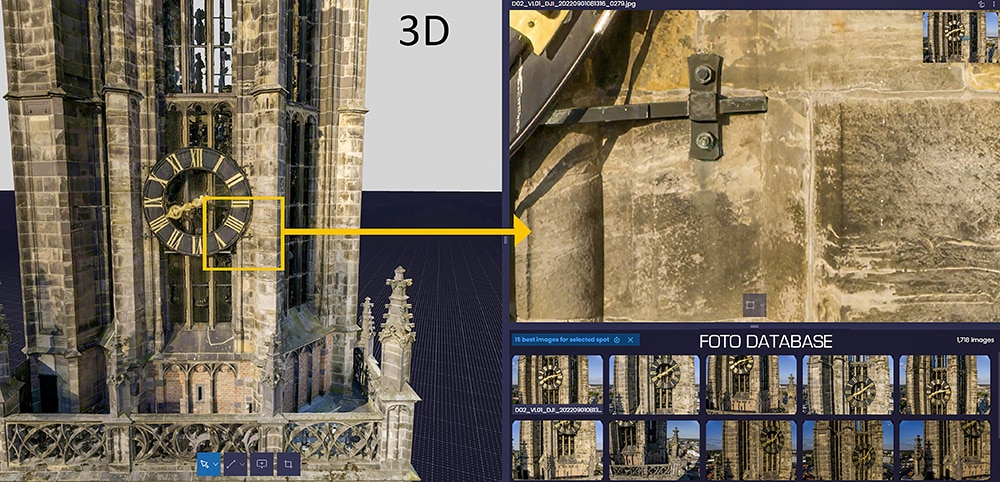
How does XS-4D work?
"After we identify the specific inspection issue, we create a Plan of Action," Heijmer says. "In this phase, we determine, for example, which technique we can best use and which permits and additions are needed to realize the project. After we have performed the flight or scan, the collected data will be converted in accordance with the client's wishes. This can be done, for example, in a 2D/3D CAD drawing, but we can also process the data into a 3D online environment. In the collected data, measurements, notes, reports and other data can be added. On this basis, the client can immediately start working with the output, which we evaluate jointly."
The benefits to various stakeholders:
- Contractors/suppliers receive As-Built information of the existing property in shareable online data, which is also convertible to CAD/BIM/Revit.
- Architects receive fast and accurate data so that all building details are perfectly clear. This lays a good foundation for a successful renovation design.
- Project developers and property managers receive a perfect basis for their MYP. They have at a glance a clear picture of what work (and costs!) are coming up.
"Because we also provide insight into where heat loss occurs and/or where there is a water leak, the client can address energy loss problems quickly and accurately," concludes Heijmer. "In doing so, we also contribute to the energy transition."
